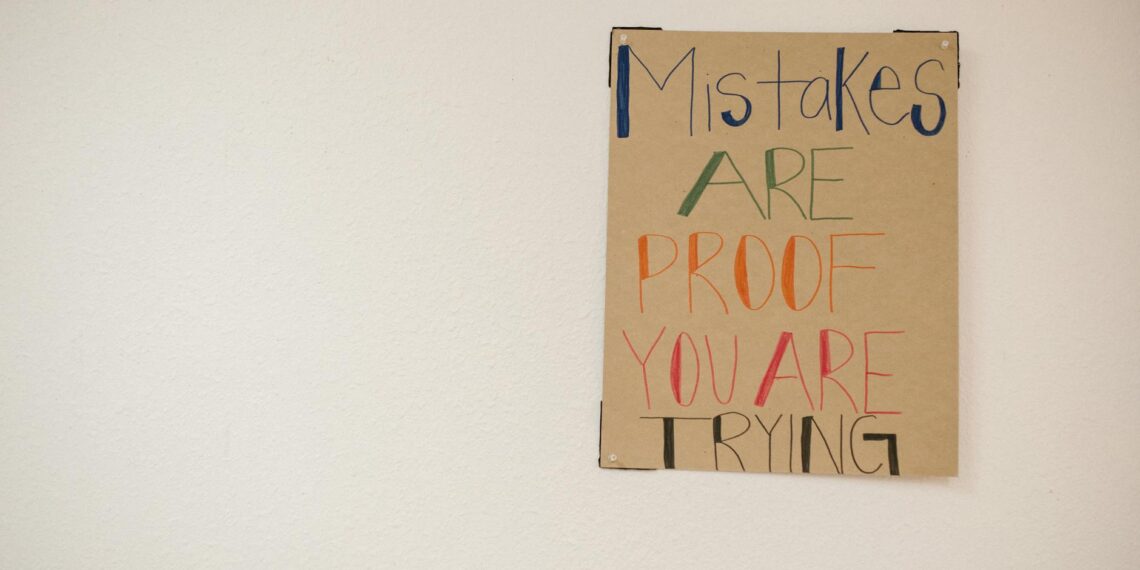A proof coin is a specially minted coin that is not intended for circulation, but rather as a collectible or commemorative item. They are recognized for their exceptional visual appearance and specialized manufacturing process.
Here’s a breakdown of what makes a coin a “proof”:
- Special Production: Proof coins are struck using specially prepared dies and polished planchets (coin blanks). The dies themselves are highly polished to create a mirror-like finish in the fields (background), while the design elements (devices) may be treated to have a frosted, matte finish.
- Multiple Strikes: Unlike regular circulating coins which are struck once, proof coins are struck multiple times under higher pressure to ensure sharp details and crisp edges.
- Cameo Effect: The combination of mirror-like fields and frosted devices creates a striking visual contrast known as the “cameo effect,” a key characteristic of proof coins.
- Limited Production: Proof coins are usually produced in limited quantities compared to their circulating counterparts, making them more scarce and collectible.
- Not for Circulation: Proof coins are not meant to be used as everyday currency. They are typically sold directly by the mint in special packaging and may come with a certificate of authenticity.
In essence, a proof coin is the result of a meticulous minting process that prioritizes artistry and craftsmanship, producing a high-quality coin primarily for collectors and showcasing the finest standards of numismatic beauty.









What does “proof coin” mean?
Great question! Proof coins are struck at least twice and treated with special dies which make their features more defined, detailed, and glossy. The quality of both proofs and uncirculated coins are graded. The condition of a proof is graded on a number scale, with PR 60 being perfect condition.
Can you spend a proof coin?
From my experience, Proof coins are primarily produced for collectors and as commemorative pieces, not for everyday transactions. Therefore, while legal tender, the role of proof coins in the financial ecosystem is mainly symbolic and collectible rather than circulatory.
How do I tell if I have a proof coin?
To achieve the proof finish, coins are struck multiple times with specially prepared dies. The final result is a coin whose background or field is highly reflective, while its design elements have a frosty appearance. If your Silver Maple Leaf coin exhibits these characteristics, it’s likely a proof coin.
Can a proof coin be circulated?
There are two different grades of uncirculated coins: business strike and proof. Business strike coins are struck for circulation, while proof coins are specially made for collectors.